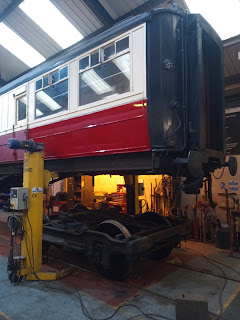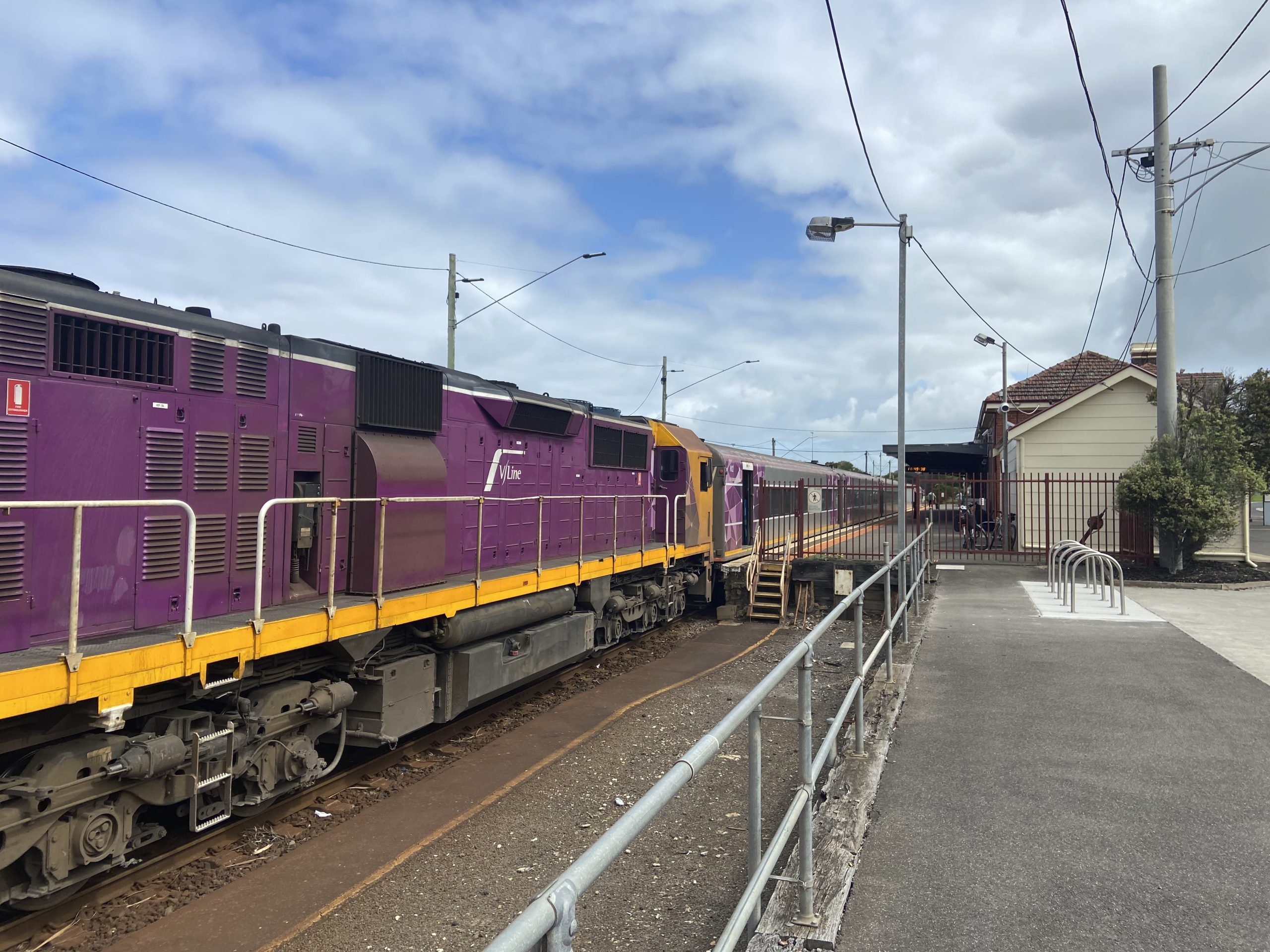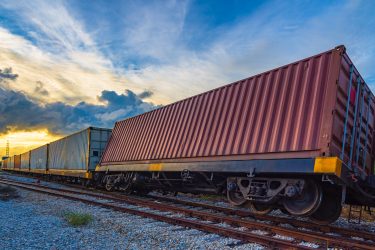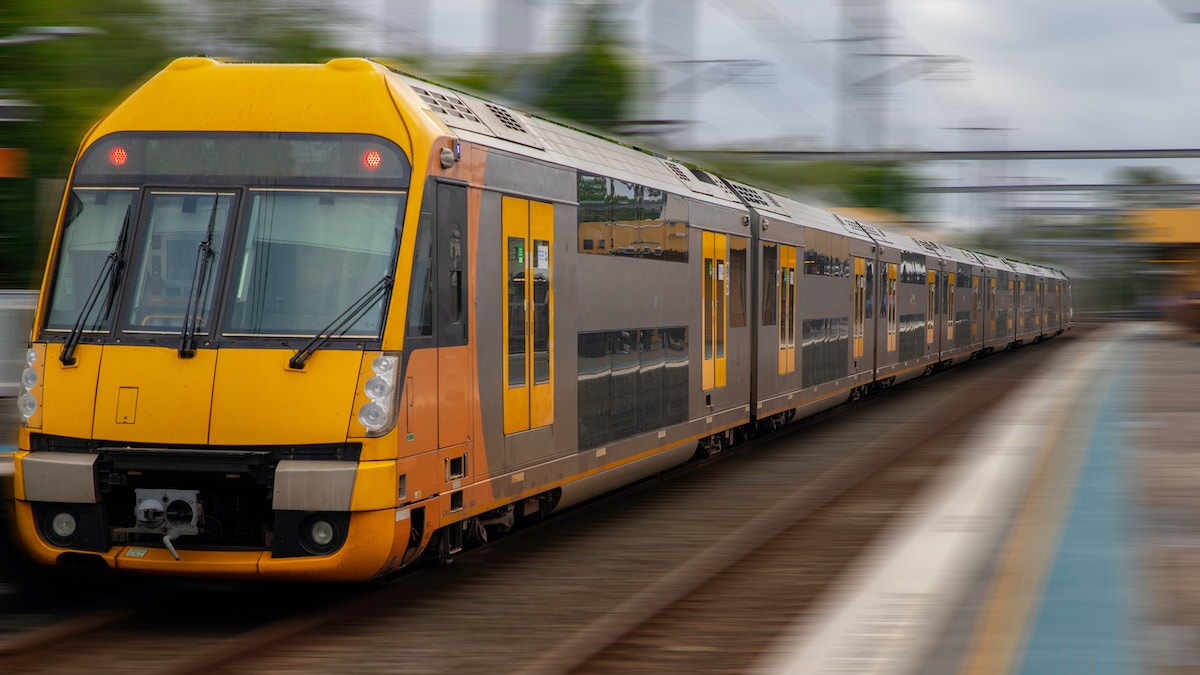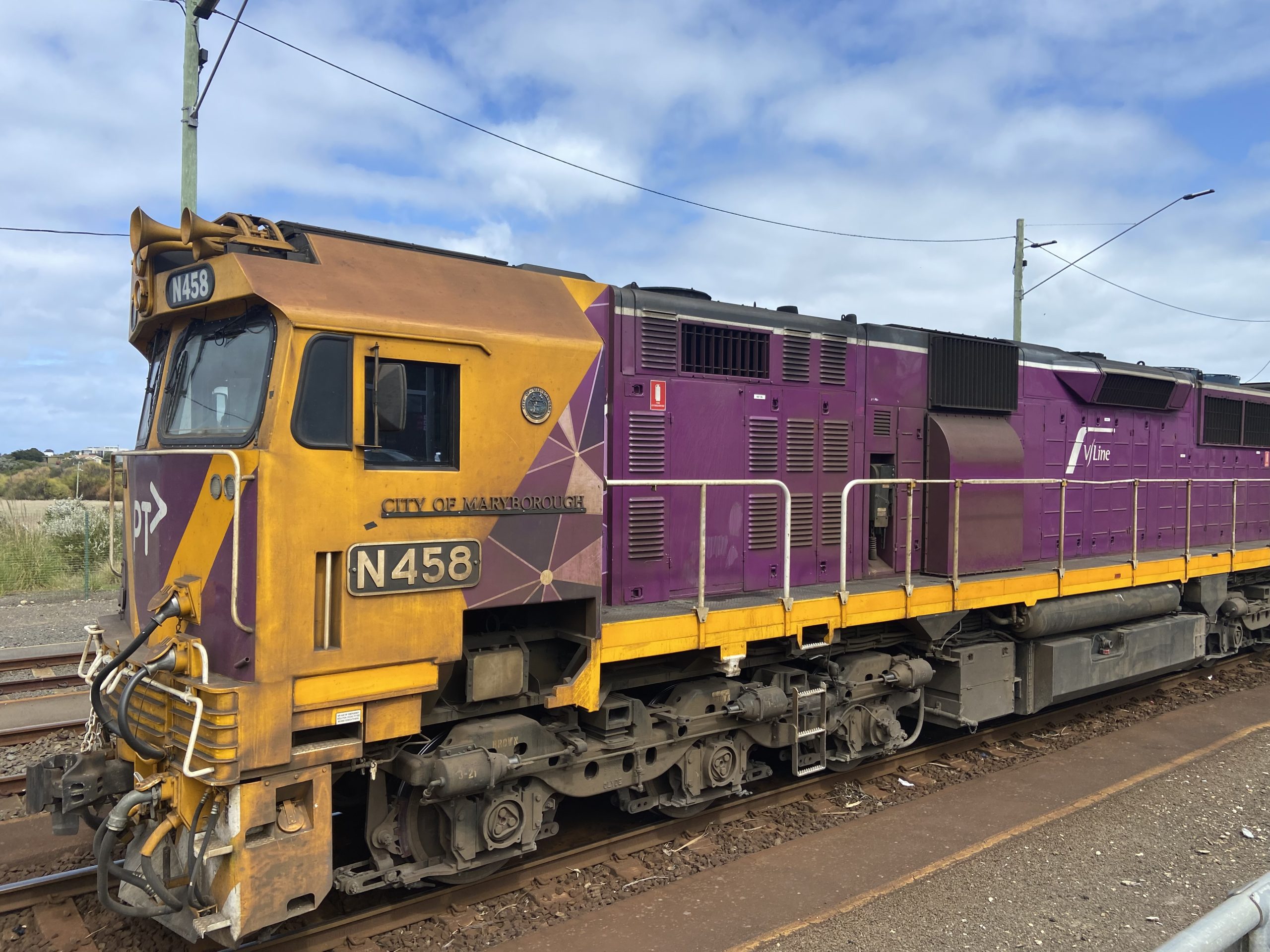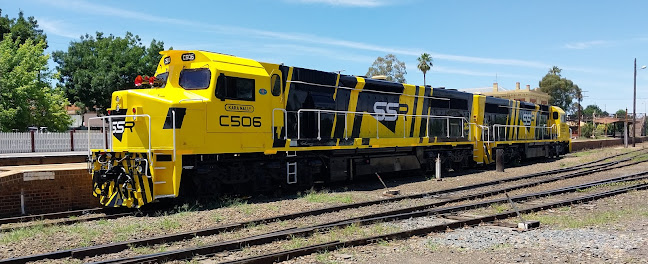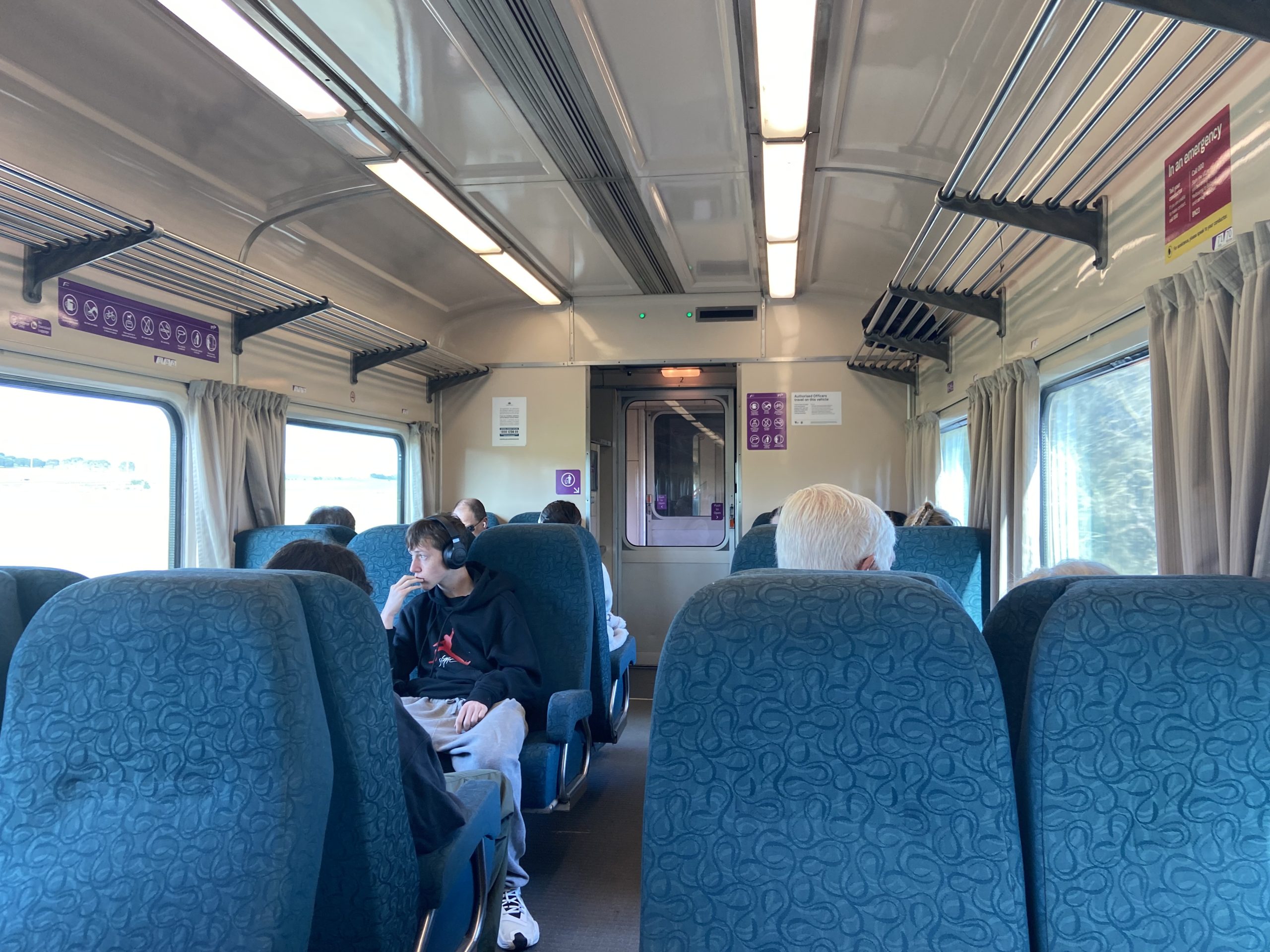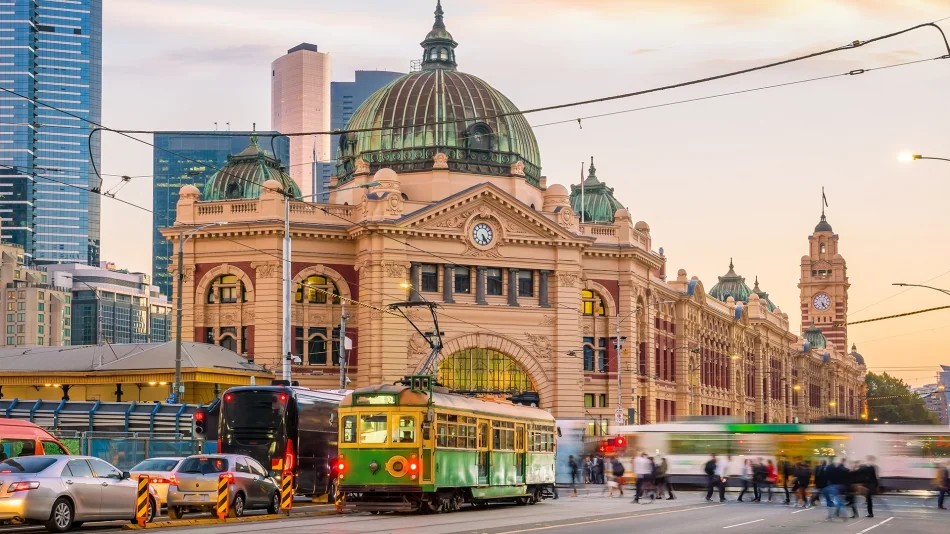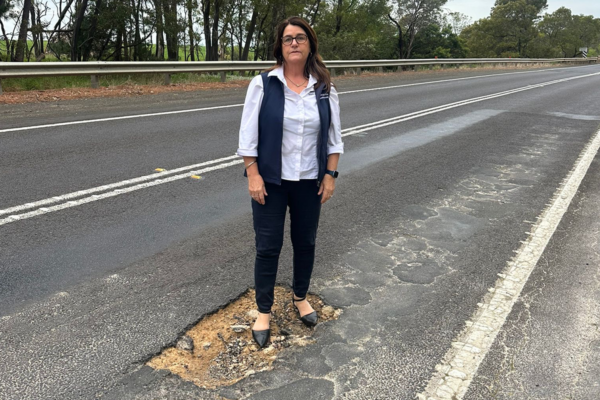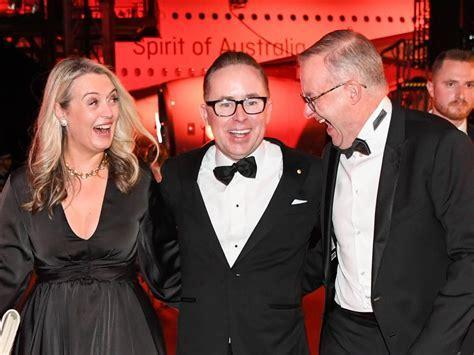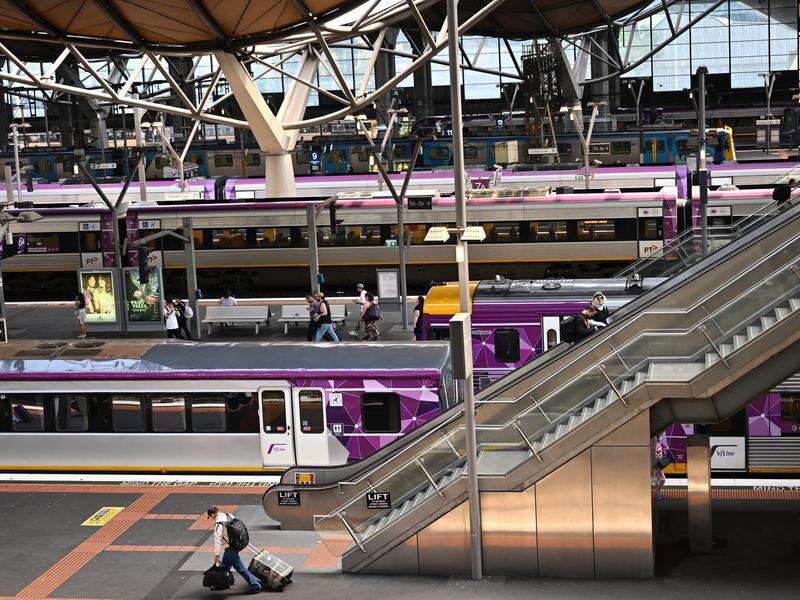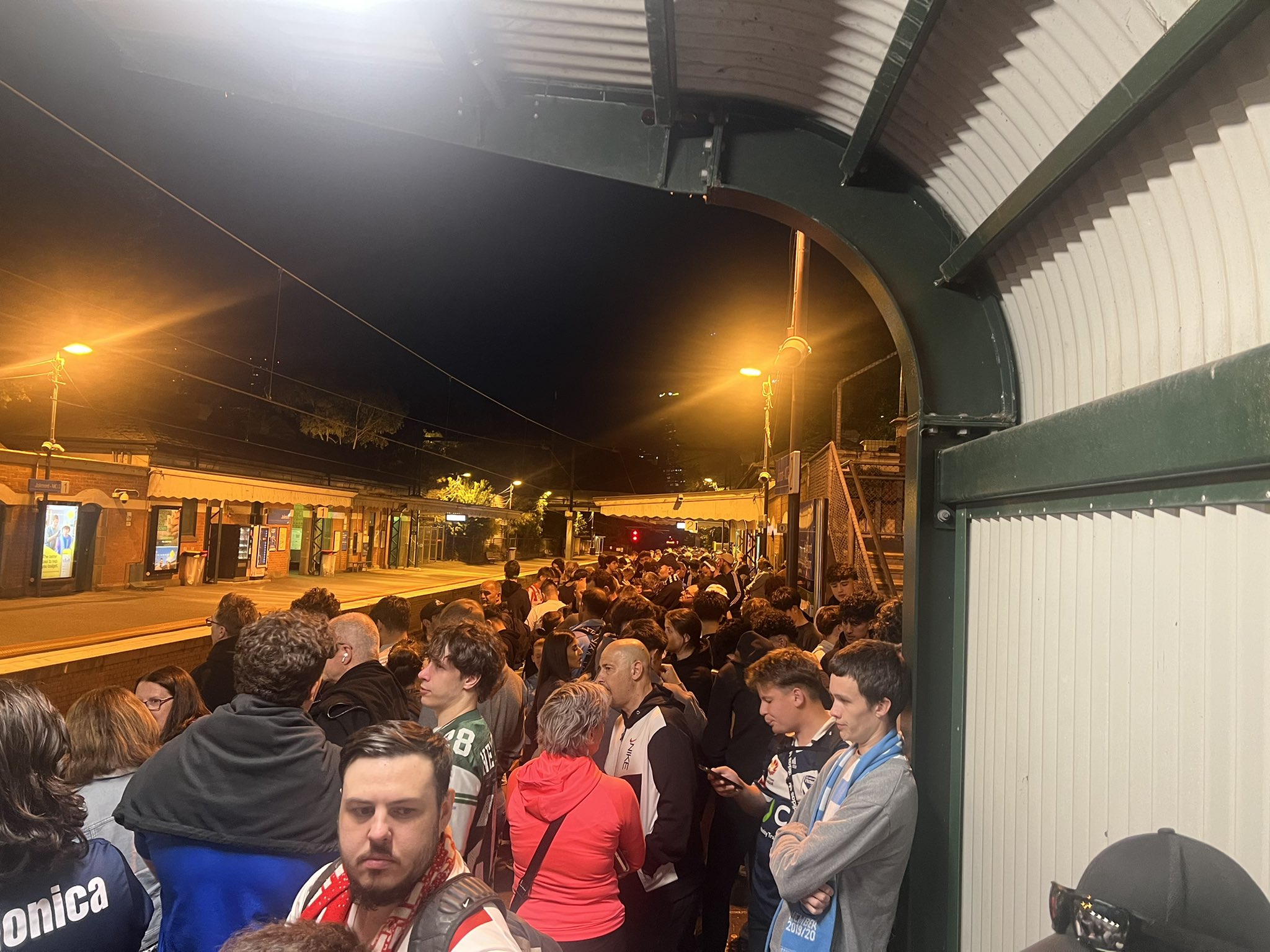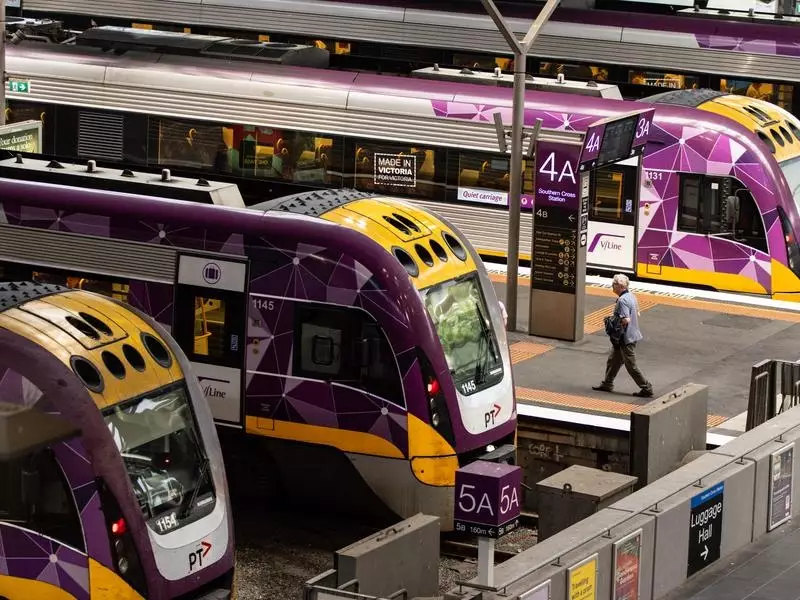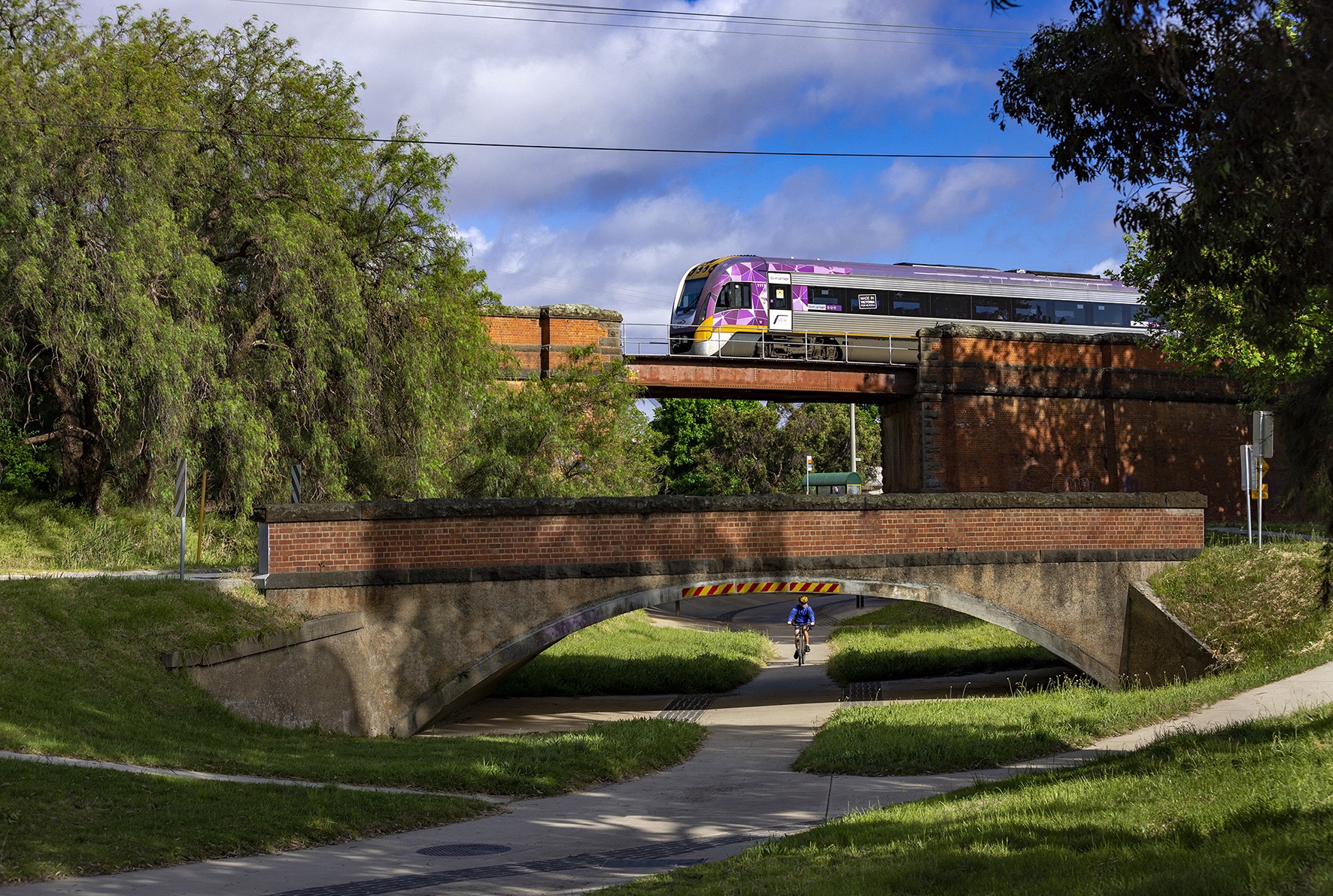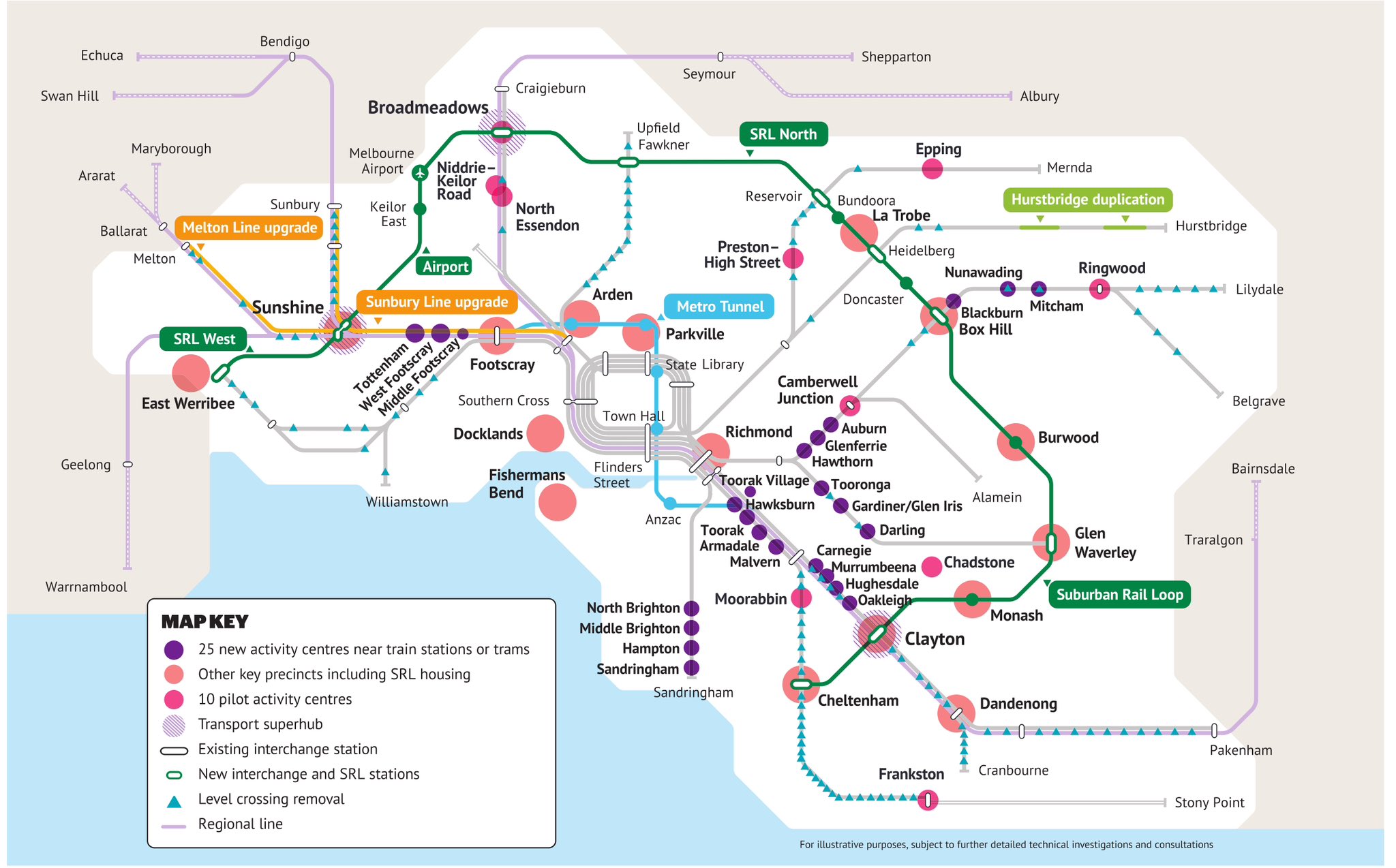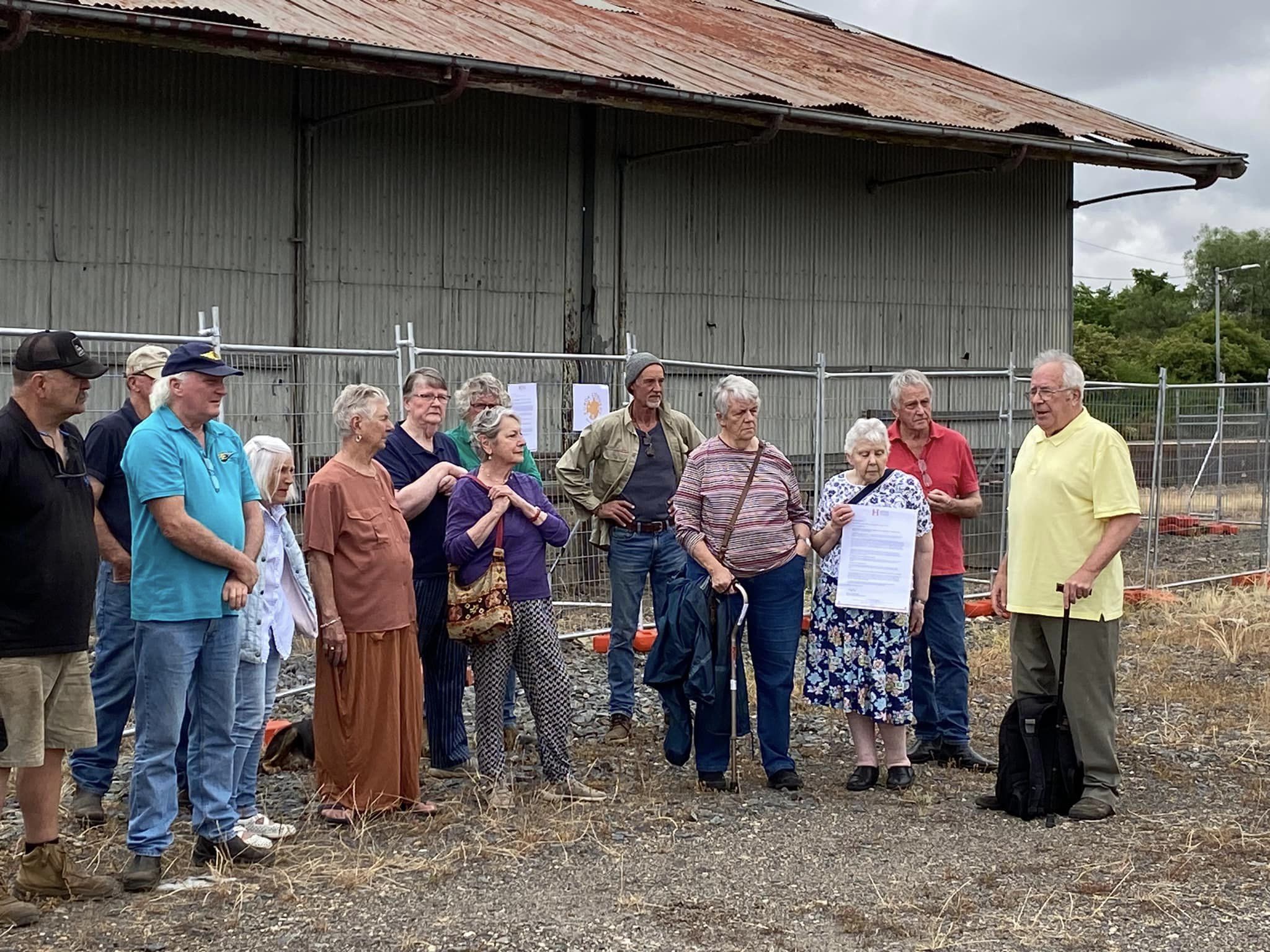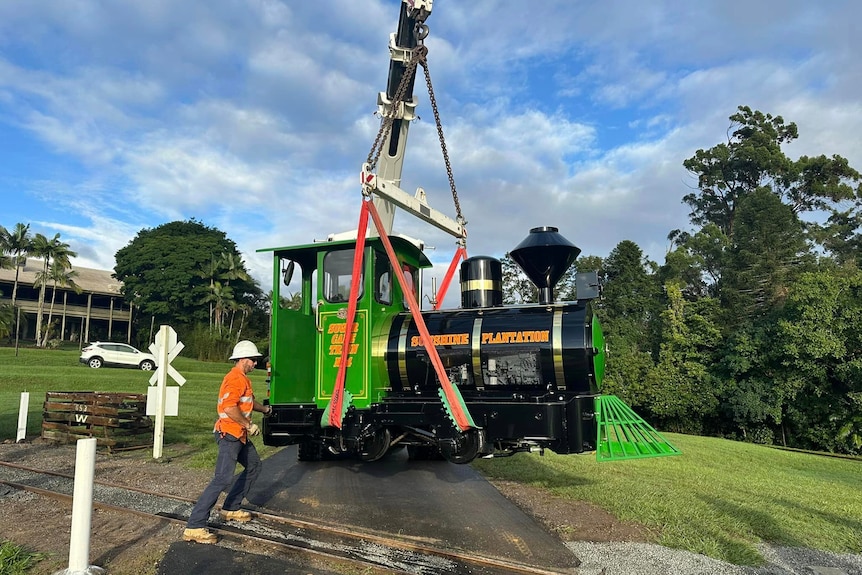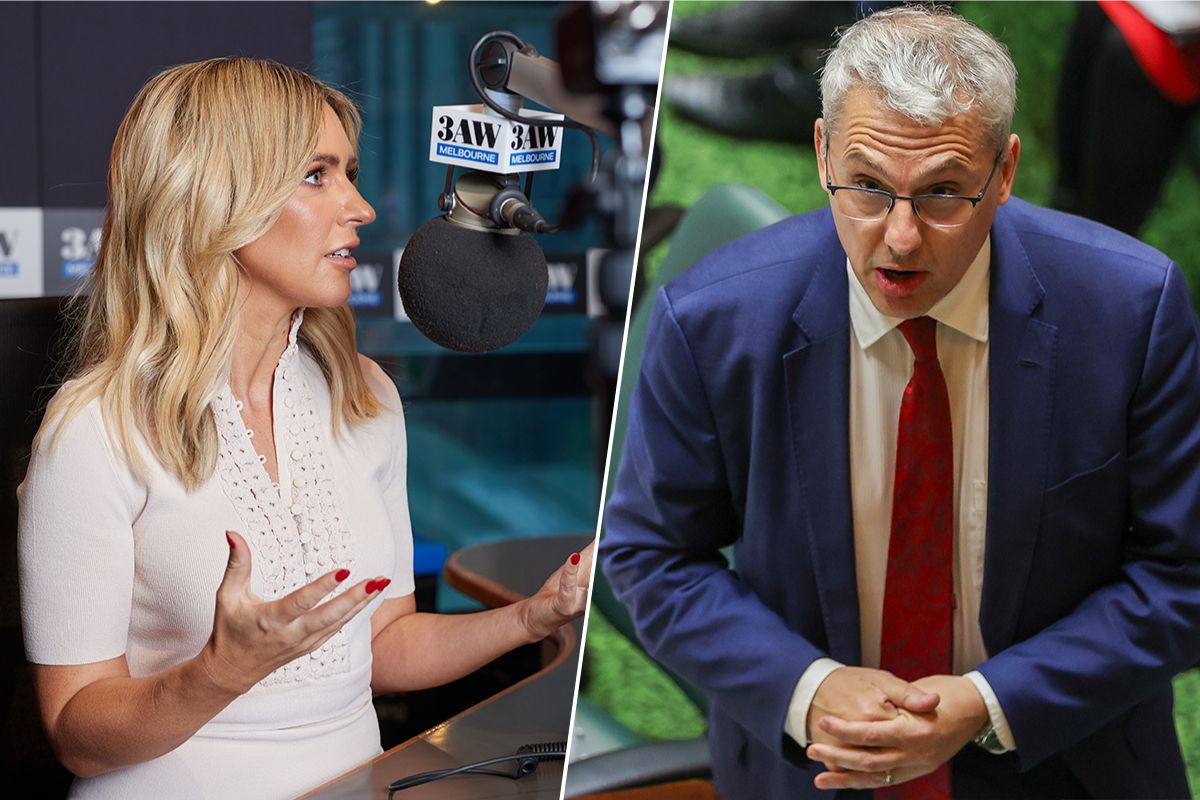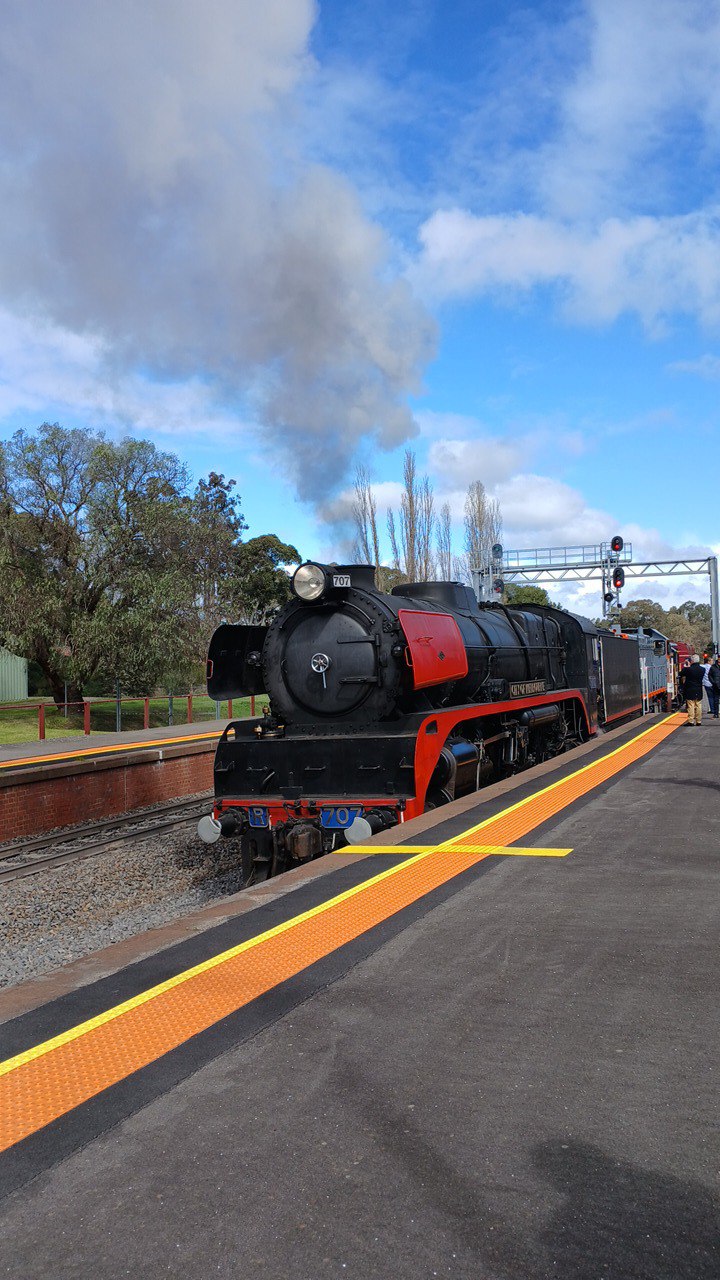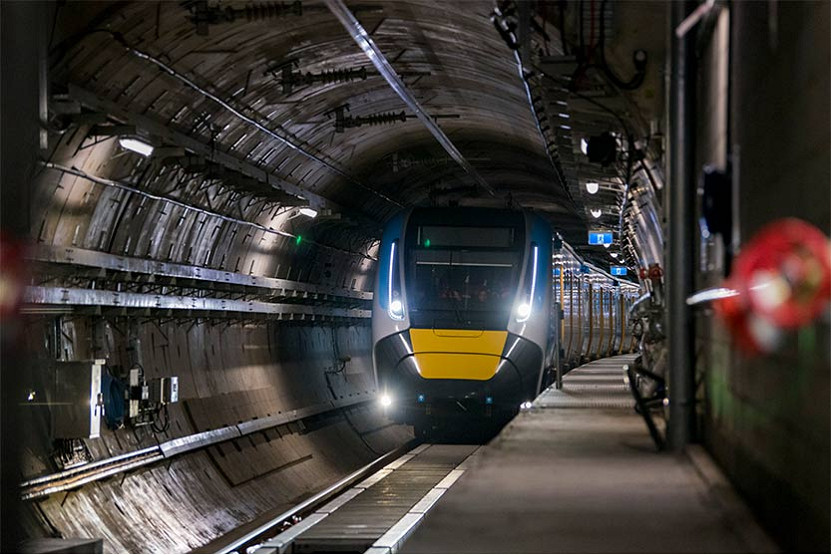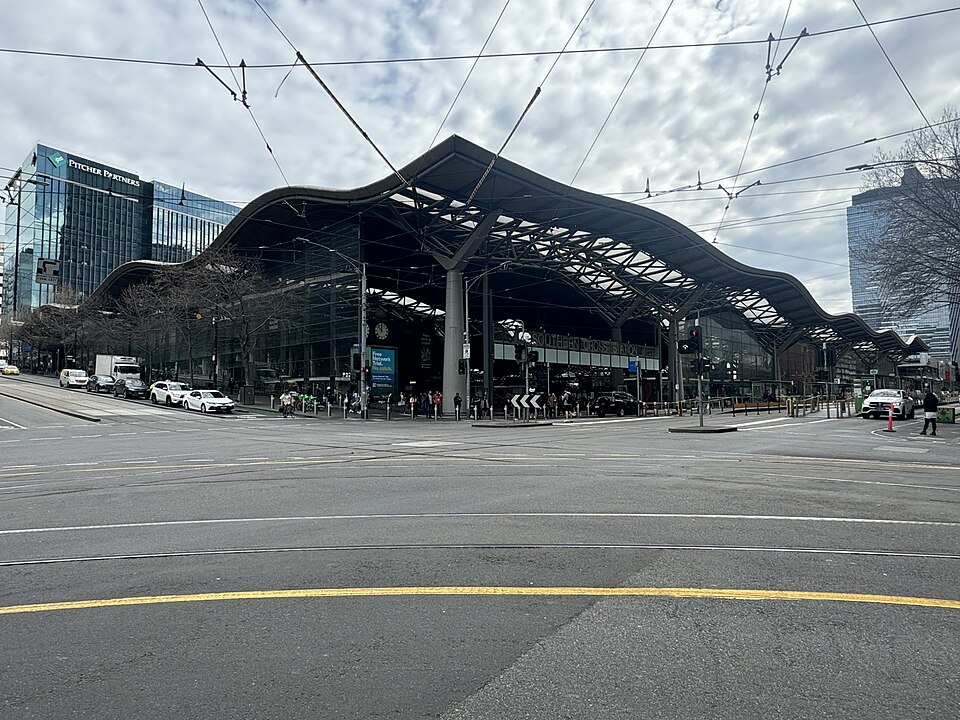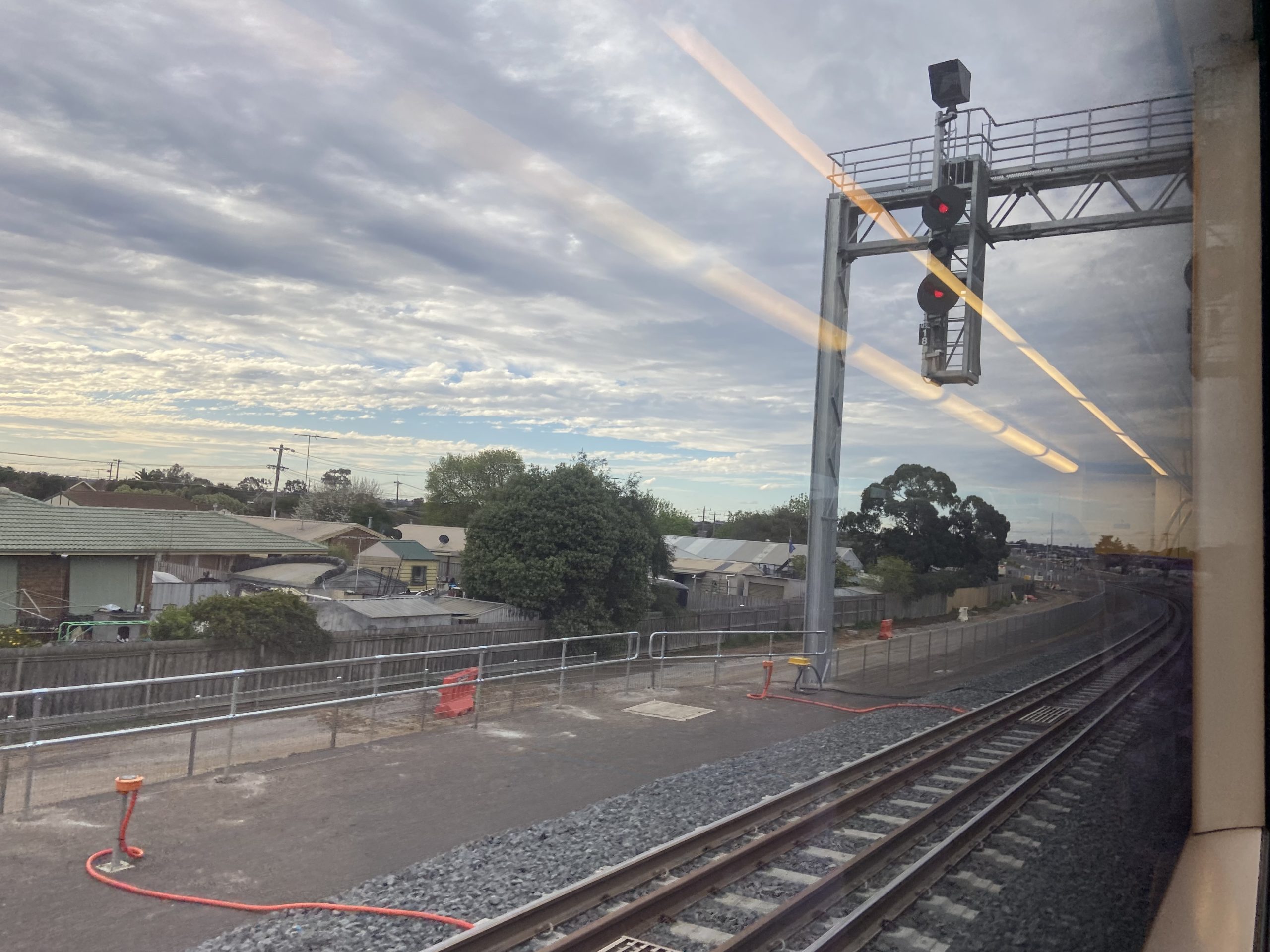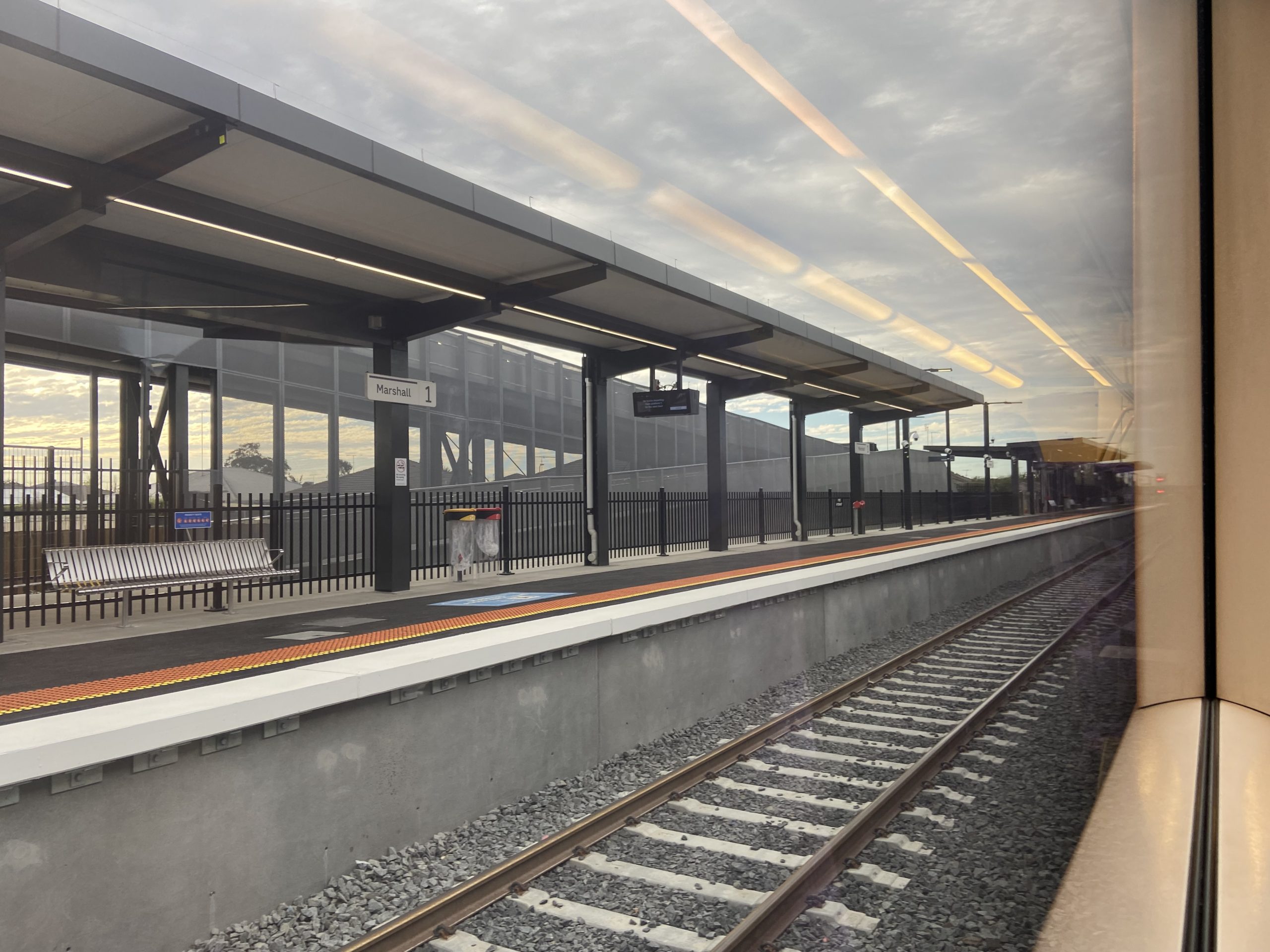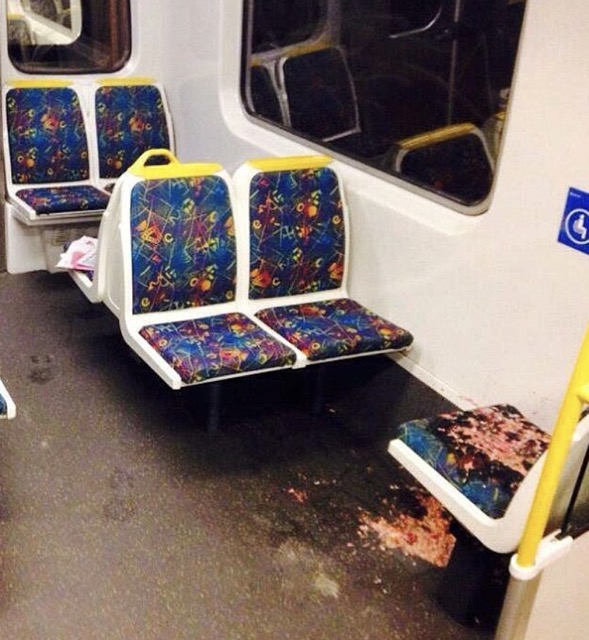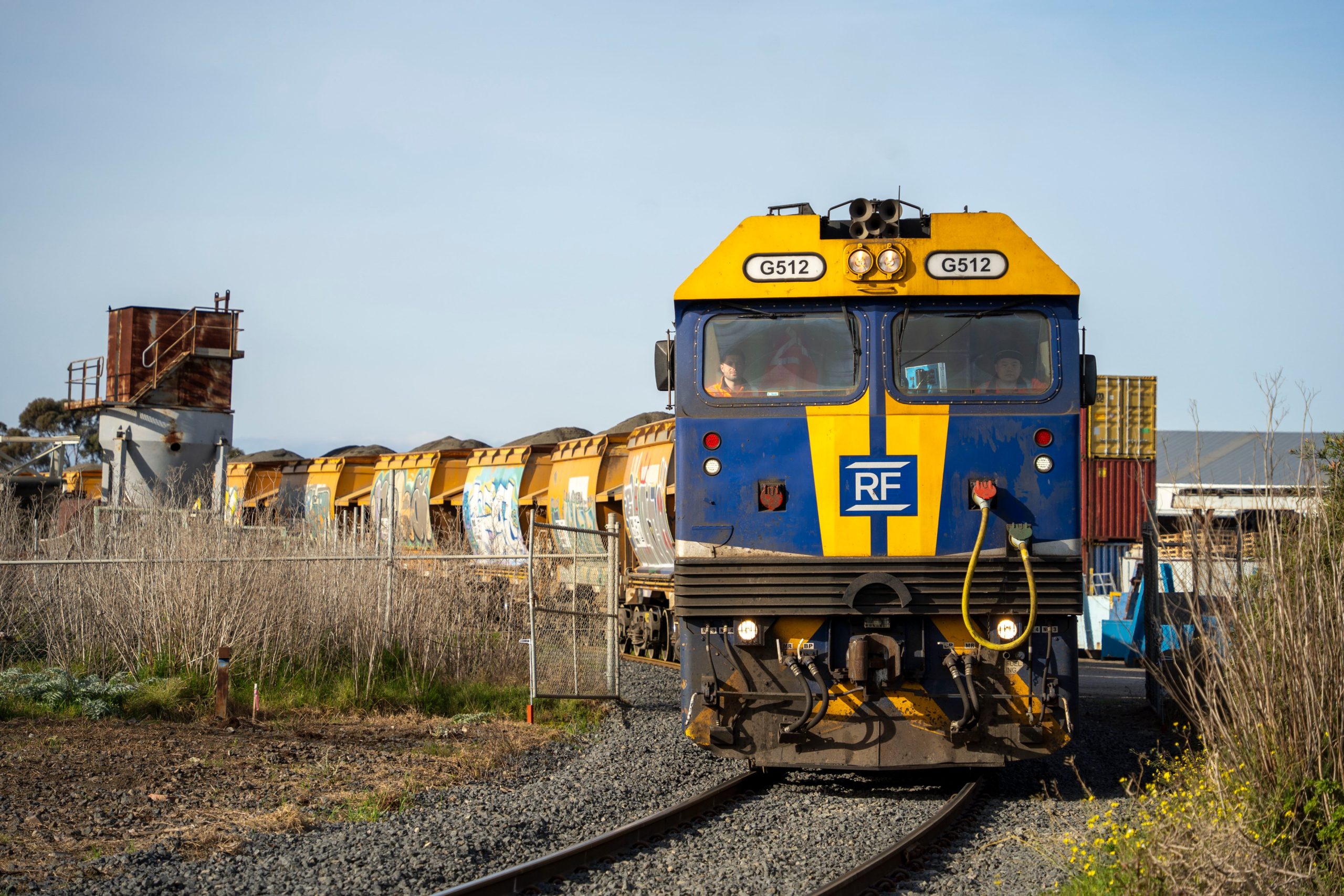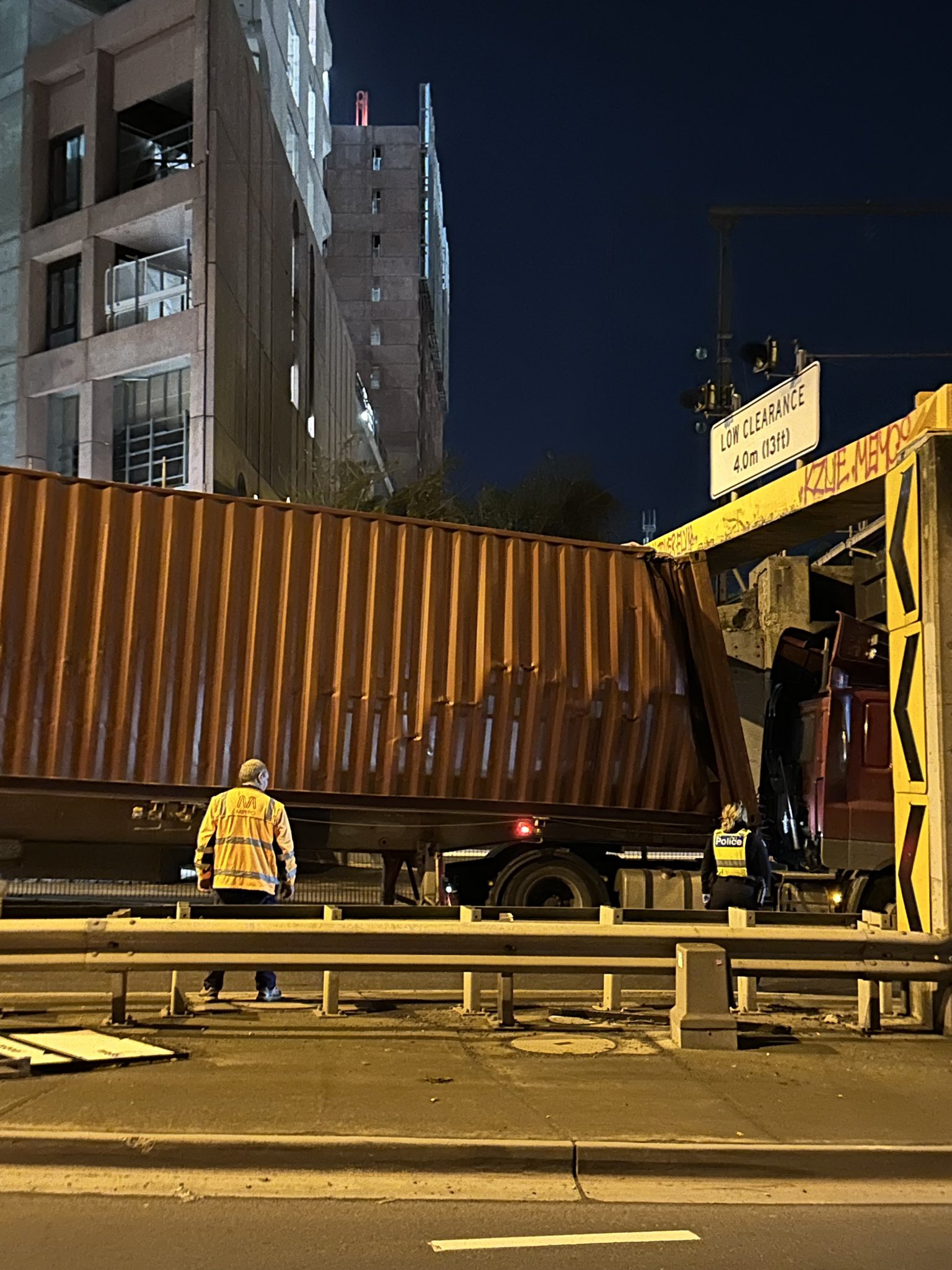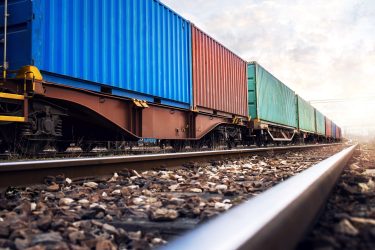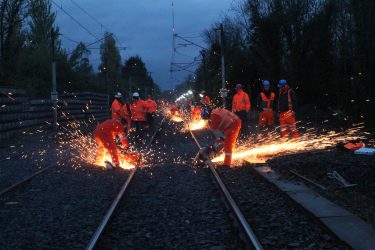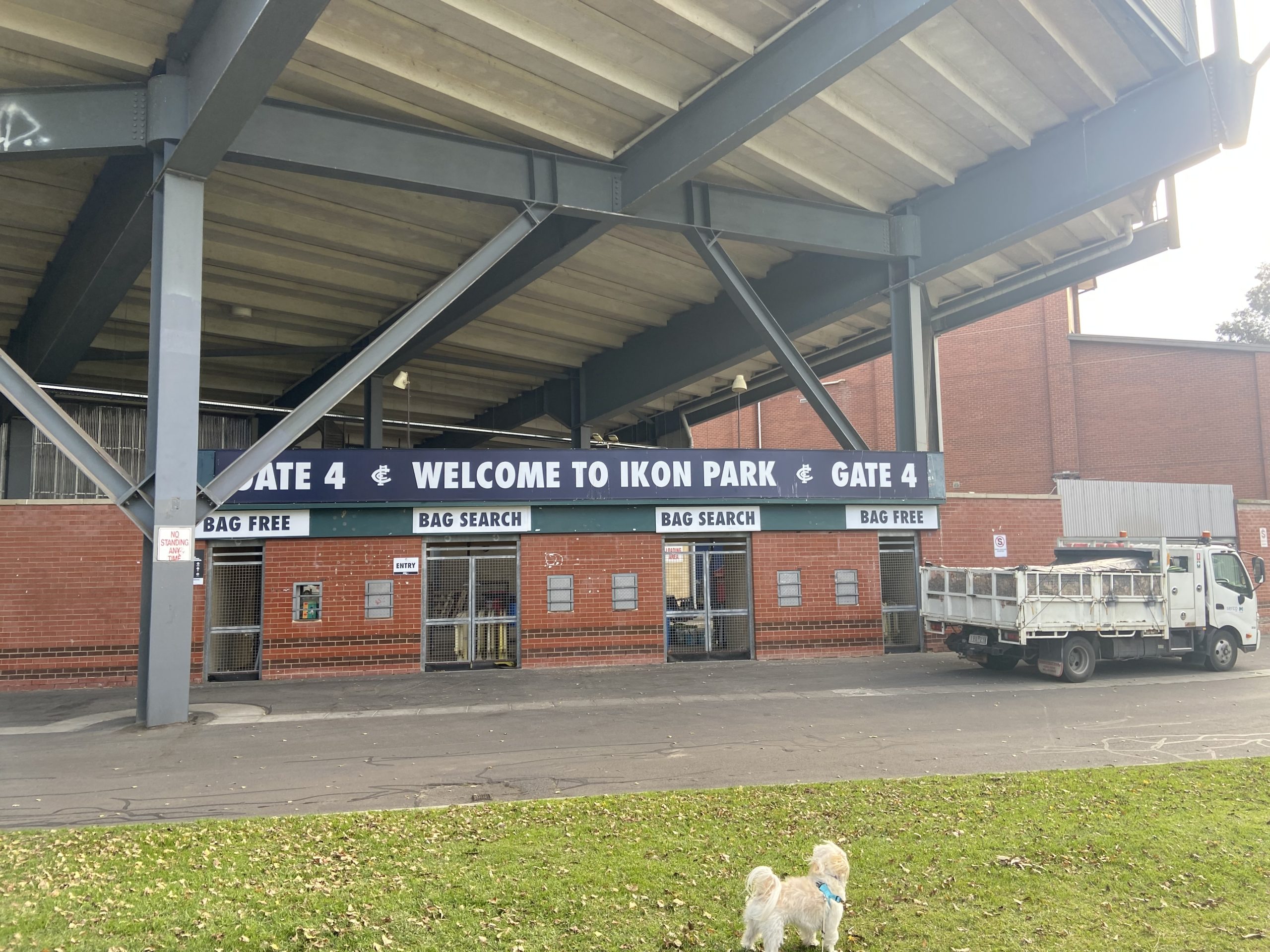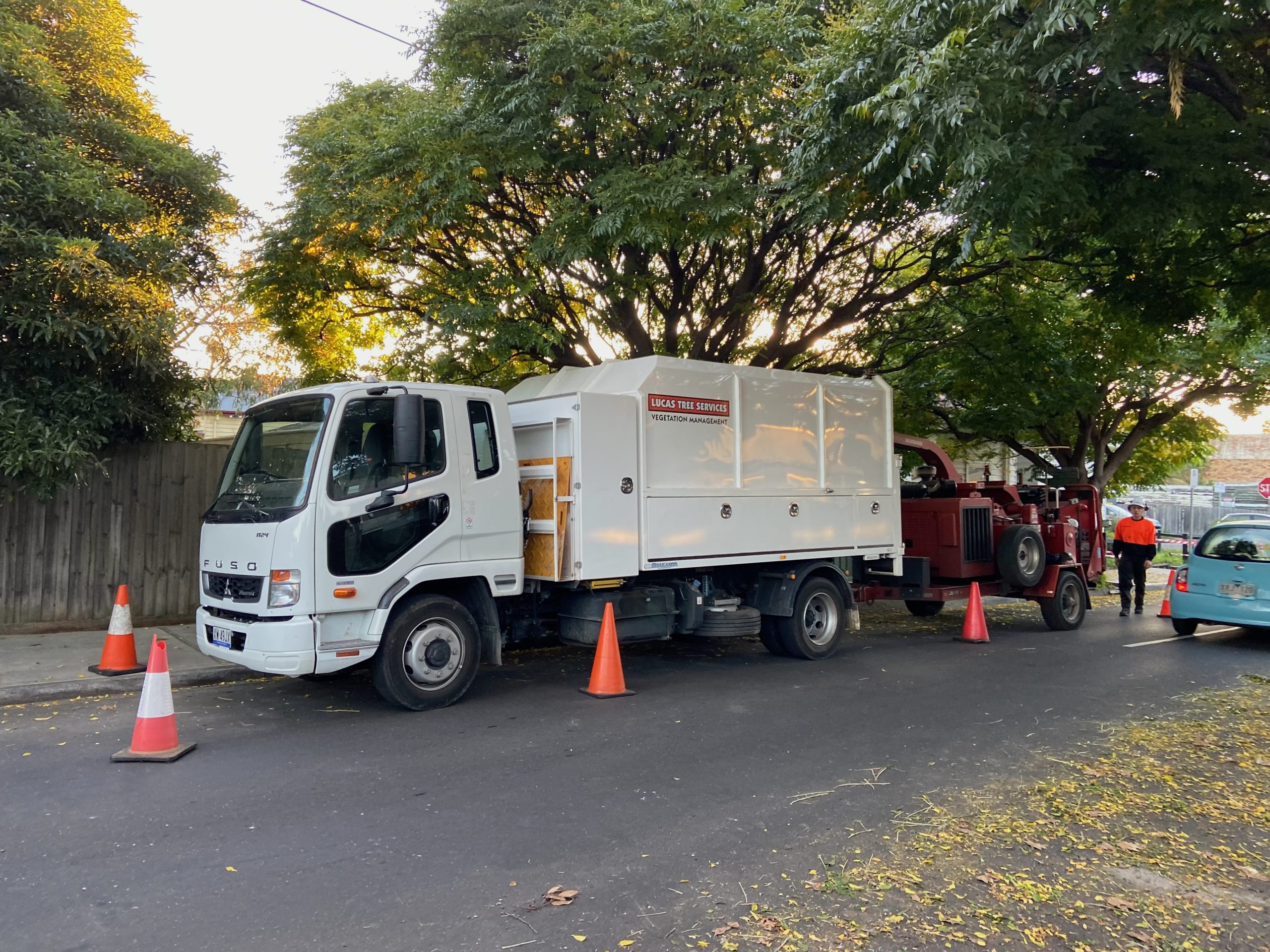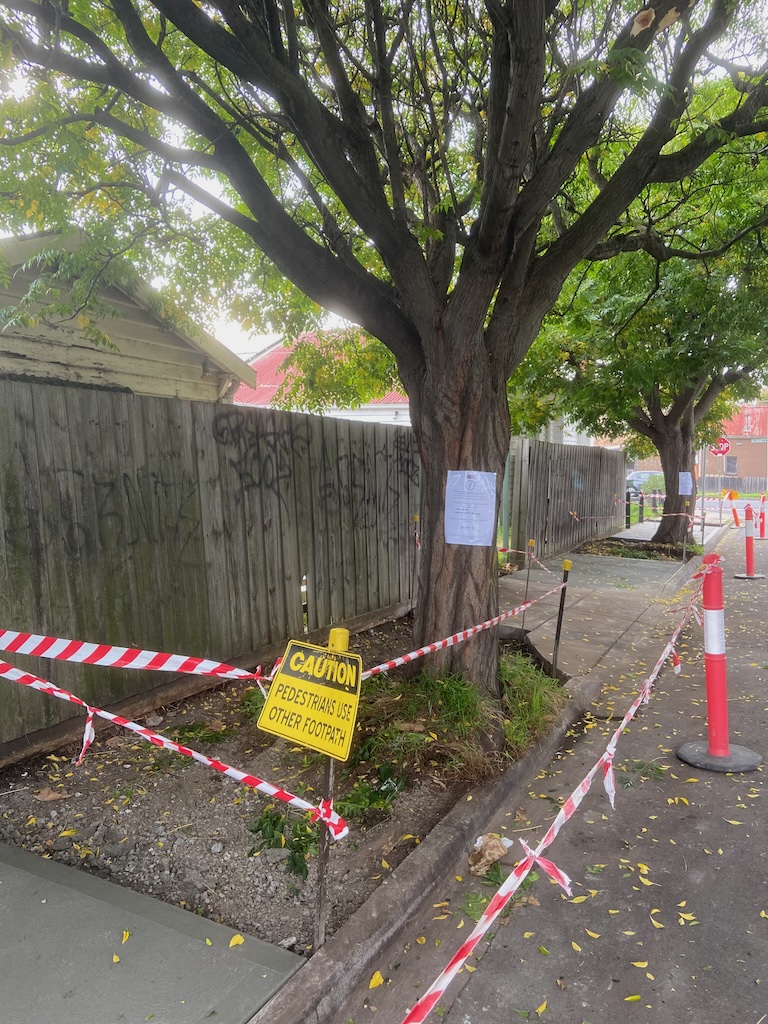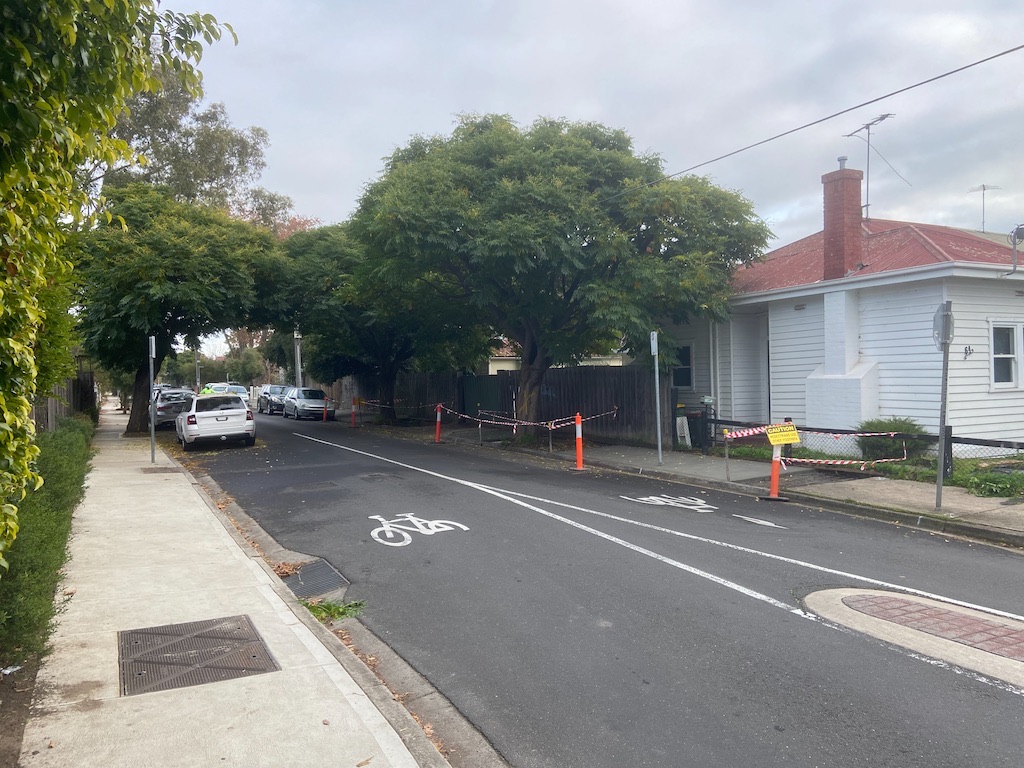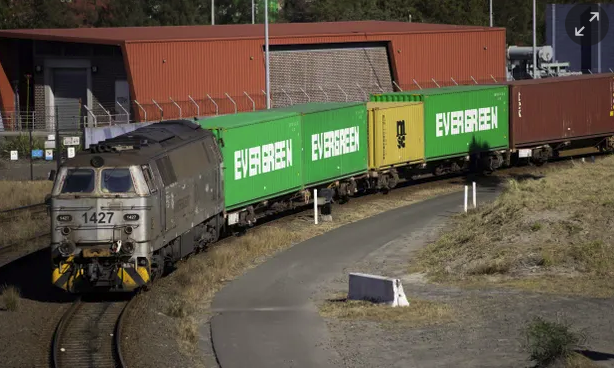After a period of twelve months undergoing overhaul, we are pleased to say that Mark 1 BSK(D) M35148 has been returned to traffic, which also means we are now back up to full strength for brake vehicles for the first time since the start of the pandemic.
London North Eastern Railway 1950 Brake Corridor Third E1866 (GOLD)
Window frame fitting continues with another one well progressed. The passenger door woodwork sanding, staining and varnishing has also done well with more layers applied meaning they are starting to look rather smart now.
London North Eastern Railway 1938 Brake Third Open E16631E (GOLD)
The leading man of LS Engineering made another visit to us this week, to discuss the timescales for the vehicle’s completion of contracted works and delivery to the railway. This is of course not a “return to the railway” given 16631 is a new acquisition. It has not graced NNR metals yet. Given the vast majority of us have never set eyes on 16631 yet it will be very exciting to see the vehicle in the flesh as it were.
London North Eastern Railway 1937 Restaurant Buffet E9128E (BRONZE)
With 35148 completed and returned to traffic (see below) we have taken this buffet car in for much needed repairs and a repaint, which amounts to a Bronze level overhaul. 9128 was the only member of our proposed five-strong LNER Mainline set to be restored and in traffic, so its removal means that three of the five members of this development are being worked on at the same time!
9128 was pulled from traffic a year early (originally planned to be repainted over winter 2024/25) owing to concerns raised about its condition and vulnerability. The wooden structure and canvas roof, when compared with its Mark 1 steel built counterparts, was seen as too much of a risk to push the vehicle “beyond its sell by date”. So when paint fade, split paneling and evidence of water ingress was spotted, 9128 queue jumped a Mark 1 so that we could get to it in time before more costly damage was done.
We tackled mechanical works first, with the first job undertaken being the removal of the failed generator that expired towards the end of the Santa Specials last year. This was replaced with another generator that had failed previously on the vehicle, but had been reconditioned and repaired in the workshop over the winter. It has been reconnected and tested successfully.
9128 then entered the works in the gap vacated by 35148. It was immediately lifted off its bogies allowing us to dismantle the Holt end bogie and replace the two worn out wheelsets with two that had been removed from the vehicle earlier in the year and reprofiled in the lathe.
We also took the opportunity to replace the oil splasher seals in the axle boxes as access to these is impossible with the axles in the bogies. A good inspection and oil round of sections of the bogie hard to access with the body on followed before we lowered the body back down and remade all connections.
With mechanics complete, 9128 was moved into the staging area for the top-to-bottom refresh to commence. The roof has been thoroughly inspected and around two dozen areas of compromised canvas identified. Luckily, most of these are split paint with the bottom canvas layer intact, so will be a minor inconvenience. A few areas require a bit more attention with some canvas patching required. The worst area is a corner on the Sheringham end which was letting a large amount of water to track down into the framework and paneling on the end of the vehicle. This has sadly written off one vertical panel at that end. The old panel has been removed, in pieces, and the area behind now left for a while to dry out. A spare side panel from a donor vehicle which is split in half has been selected and can be cut down to size to replace this end panel nicely, so the end will remain consistent and teak paneled.
The rest of the coach ends have been chipped of any loose paint which was starting to hold water against the paneling. This has been dug back to solid paint and is also drying out before we prep it for repainting. At the Holt end, things are better but a small hole has been punched through a panel, so this will be cut out and spliced.
The bodysides appear in similar, mixed, shape with a few holes appearing here and there on the upper panels which are still timber. The lower aluminum panels are in contrast still pristine and have simply been lightly sanded ready for gloss paint. A test panel at the Holt end on the seaward side has been glossed to see how it will look. We have decided two coats of gloss are required on the lower red panels.
Rubbing down of the upper cream panels is now ongoing with a good effort being pout in already. There are far more fiddly bits in this area all round the windows so will take longer than the red sections. Several sections of the new beading fitted in 2018 have sadly taken on water and been reduced to mush. These areas have been identified and are being removed for replacement.
One section of upper paneling on the landward side where the kitchen is located was found to be worse than everywhere else, so these have been completely stripped off, along with all associated beading. The plan here, given it is a large 8 foot section, is a sheet of aluminum composite similar to the lower panels will be let in and then the beading refitted.
The interior is not planned to receive a great deal of attention, however one item that has been attended to is the fitting of “First Class” signage to the passenger windows, to try and raise the appeal of the vehicle as passengers are currently avoiding it!
As readers can see, a large amount of work has been done to 9128 in just a matter of days as we are heavily prioritising the vehicle given its importance to the catering operation.
British Railways 1961 Brake First Open (Kitchen) M14021 (GOLD)
Talks are currently ongoing to resume the contract major welding works to the carriage ends. The final (toilet) window has also been stripped down and all old screws holding the glass in place removed and cleaned up.
British Railways 1958 Brake Corridor Second M35148 (SILVER)
Works to complete the vehicle were progressed last week – thanks to Richard Coleman who took a series of photographs covering the final days of preparations before we rolled the coach out of the shed.
Finishing touches to the outside included removal of all masking tape, painting of guards handrails and refitting of the polished passenger handles.
Small items like bolt heads and bump stops were also picked out in their various colours.
On the inside, the floor in the accessible saloon was deep cleaned following a year of workshop abuse and residual muck from its latter days in service. The colour of the floor changed from black to blue!
The remainder of the coach was treated to a fresh coat of green floor paint, which was the final task and one which we wanted to do last so that no footprints appeared in it whilst the paint was soft.
Numerous other snagging jobs were also done but they are too great in number to list! The coach was finally ready and taken from the workshop and placed into the main running set in time to debut at the Closure of the Line Anniversary event.
British Railways 1957 Class 101 Railcar Driving Trailer Composite Lavatory E56062 (SILVER)
No progress to report.
British Railways 1954 13 Ton Pipe Open B740918
A series of splits and holes have been cleared out and filled on the landward side.
British Railways (GWR Design) 1958 “Fruit D” W92097W (SILVER)
The team are still progressing with replacement timber and priming as they go along…
Maintenance
C Exams are now, by and large, finally over so we return to monthly A exams and rectification of faults as they come along now that we are running daily again.

